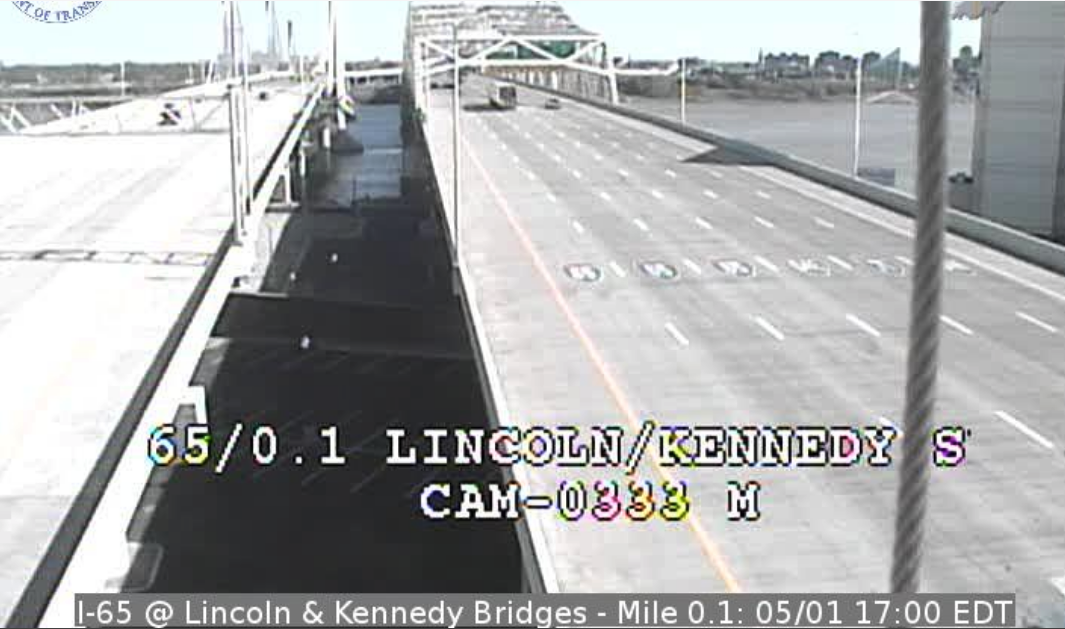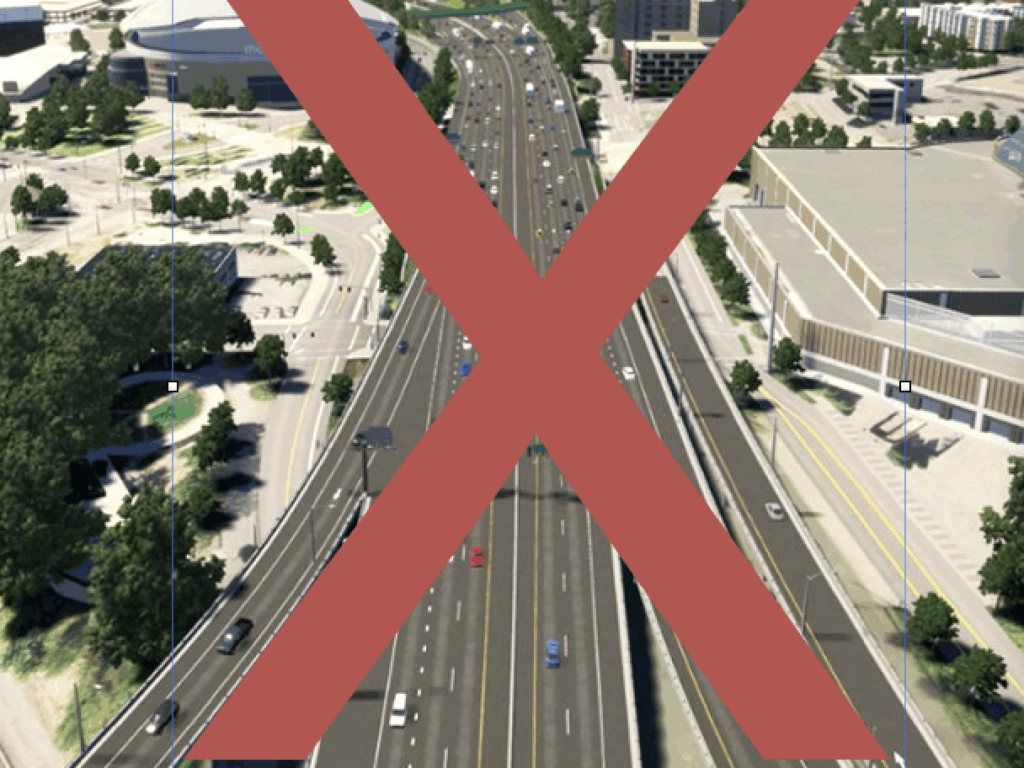Why traffic engineers really aren’t interested in reducing traffic congestion
We now know with a certainty that investments in additional highway capacity in dense urban environments simply trigger additional travel, what we call “induced demand.” The phenomenon is so well-documented that a recent article called in “The Fundamental Law of Traffic Congestion.”
In a sense, this ought to be profoundly depressing to the traffic engineering profession. It implies that their work has been and continues to be the labors of Sisyphus, the Titan who was punished by the Gods who required him to push a huge boulder up a steep hill each day, only to have it come tumbling back down and need to be pushed up again the next day, and every other day.
But traffic engineers hardly seem fazed by the experience. If the reports of the industry’s trade associations–the American Society of Civil Engineers (ASCE) and AASHTO (The American Association of State Highway and Transportation Officials–are any indication, they’re positive delighted to tell you what a horrible job they’ve done in building insufficient capacity–there are lots and lots more rocks needing to be pushed up hill. This Sisyphean philosophy of highway engineering was perfectly—if unwittingly—captured in this Washington Post headline, from its traffic columnist, “Dr. Gridlock”:

Given all this, you might think that the highway engineering profession would be composed of dour, deeply depressed individuals, frustrated by the collective failure–after decades of trying and hundreds of billions of dollars of spending–to reduce the scourge of traffic congestion. But no. These engineers view their jobs with the child-like enthusiasm of Bob the Builder (motto: We can build it!). It doesn’t really much matter what the “it” is, it’s building stuff that counts. Viewed in this light, induced demand isn’t really so much a depressing unsolvable problem as it is an never-ending excuse for operating heavy equipment, pouring concrete and building stuff. Cool!
Maybe it’s just that highway engineers have their own perverse spin on that mantra that “It’s about the journey, not the destination”—especially when it comes to building more roads. The inevitability of induced demand in urban settings means that trying to reduce congestion by widening highways means you’ll end up chasing your tail, forever. Which to them is a feature, not a bug—if you’re in the asphalt or concrete business, or are a highway engineer, that’s not a bad thing—it’s a guarantee of lifetime full employment. So little wonder that these asphalt socialists are really indifferent to whether multi-billion dollar highway projects have any effect on congestion at all.
So, for example, consider Houston’s Katy Freeway, at 23 lanes, America’s biggest. Texas has spent billions successively widening the road, each time resulting in more and more traffic and congestion. The latest multi-billion dollar project to widen the roadway, trumpeted by AASHTO as an example of how new construction could eliminate bottlenecks, actually generated so much additional traffic that travel times actually increased after it was opened.
The converse is also true. State departments of transportation, who will shed crocodile tears over the time lost to traffic congestion, routinely turn a blind eye to actual policies and investments that reduce congestion, like tolling. Take for example, the ongoing travel behavior experiment being carried out in Louisville Kentucky. There, Kentucky and Indiana have dropped a cool billion dollars on doubling the capacity of I-65 as it crossed the Ohio River near downtown Louisville. They widened I-65 from six lanes to twelve to reduce congestion. But what really reduced congested was charging a toll–cars pay between $1 and $4 per crossing. What they’ve stumbled on, perhaps inadvertently, is the most powerful congestion reducing technology any traffic engineer has ever seen: the toll gantry.

Since implementing the tolls, traffic on the I-65 bridges has fallen by nearly half, from about 122,000 vehicles per day to just 66,000. Even at rush hour, there are very few cars using the new tolled freeway. Now you’d think that Louisville area engineers would be falling all over themselves telling the rest of the world how they’ve finally figured out a real live solution to traffic congestion. (They haven’t).
The truth seems to be that highway departments really only care about building stuff. They really don’t care about traffic congestion, except as it provides a convenient excuse to demand more money to expand roads. Look carefully at the prominent icons of any highway department office: you’ll see pictures of roads and bridges and overpasses, and awards from the concrete association, steel fabricators and asphalt contractors. As long as transportation spending is guided chiefly by this “Bob the builder” mentality, we’ll just get more expensive roads, more traffic and more congestion.



